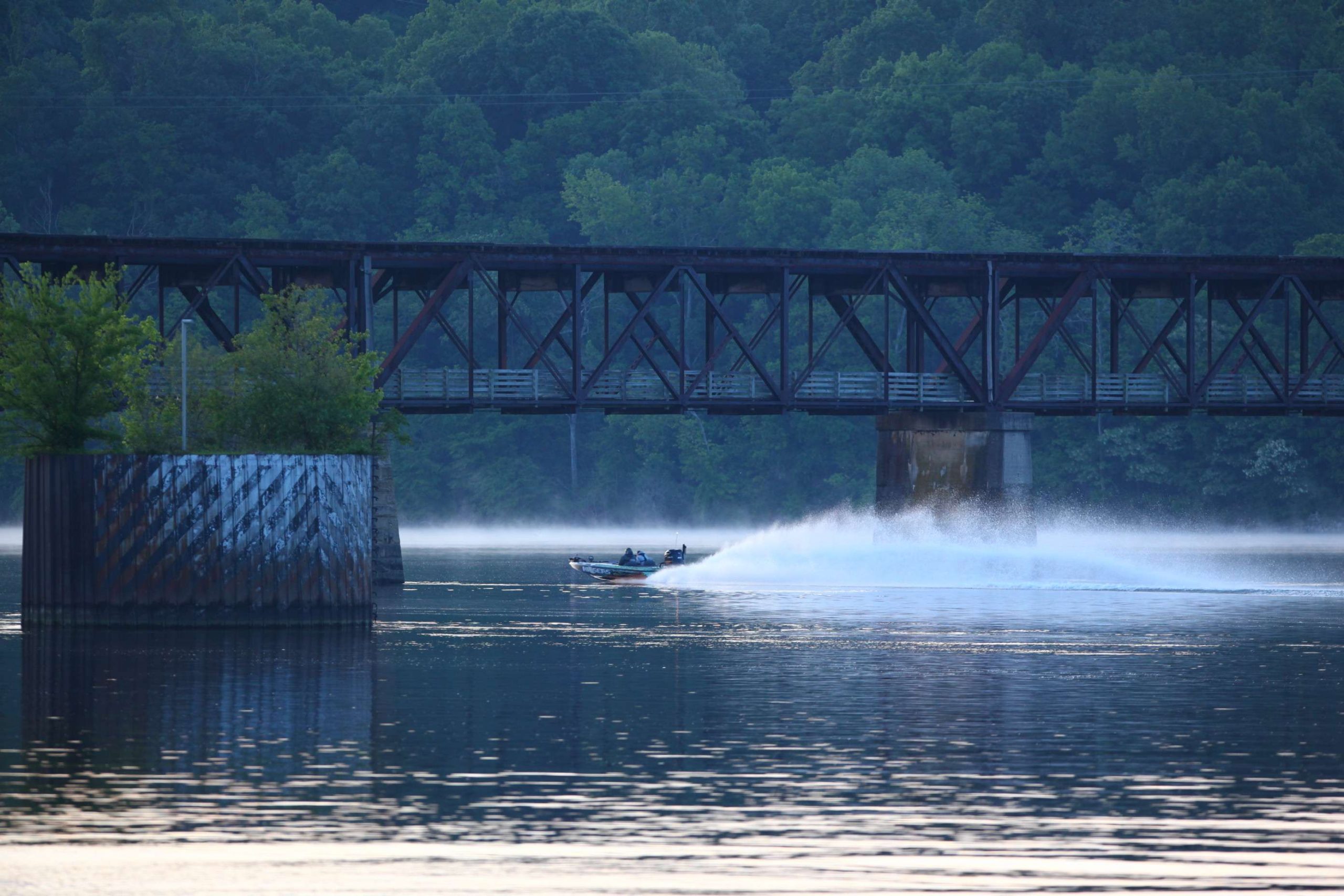
For B.A.S.S. Conservation Director Noreen Clough, maintaining the status quo in the nation’s fisheries is not enough. Her goal is to see fish habitats thrive, and a new partnership with B.A.S.S. and Friends of Reservoirs (FOR) promises to further that objective. B.A.S.S. officially became an affiliate member of the FOR in May.
“Friends of Reservoirs offers an outstanding opportunity for B.A.S.S. and the B.A.S.S Federation Nation conservation programs to concentrate our habitat restoration and enhancement efforts where they will do the most good,” said Clough, who served 20 years with the U.S. Fish and Wildlife Service. “The Reservoir Fish Habitat Partnership (RFHP) under the National Fish Habitat Partnership was a dream come true for me as B.A.S.S. conservation director, and through Friends of Reservoirs partnerships, we can make that dream a reality.”
The decision to partner emerged at the 2012 B.A.S.S. Conservation Summit, which was held in conjunction with the Bassmaster Classic in Shreveport, La., in February.
Jeff Boxrucker, RFHP coordinator, who attended the Summit, says, “The Reservoir Partnership is committed to working closely with B.A.S.S. to bring aquatic habitat issues to a ‘top-of-mind’ focus among anglers.”
Boxrucker describes reservoir fisheries as having a “boom and bust” lifecycle. Anglers typically experience outstanding fishing for the first 10 years following impoundment of a reservoir, but after that, most fisheries experience a decline in productivity and in the overall quality of the habitat. With the majority of reservoirs constructed from the 1950s to the 1970s, the “boom” years are long past.
“Most of the reservoirs in this country are approaching or exceeding 50 years old and are mired in the ‘bust’ portion of their lifecycle,” said Boxrucker. “To sustain the quality of angling currently enjoyed, the decline in habitat quality needs to be reversed or future generations of anglers will not enjoy the same quality of angling that we, and those who taught and inspired us to fish, have enjoyed.”
According to Clough, for lakes and reservoirs to maintain the fish population levels that anglers have come to expect, major habitat issues such as sedimentation, nutrient enrichment, shoreline development, lack of aquatic vegetation and competition for limited amounts of water need to be addressed. Resolving those issues and preserving the quality of the fisheries will require cooperation among various government agencies, industry, agriculture, landowners and anglers.
“B.A.S.S. has long recognized the need for anglers to get involved in aquatic habitat issues,” Boxrucker said. “In becoming an affiliate member, B.A.S.S. has put the weight of its organization behind the habitat restoration efforts that RFHP and FOR intend to accomplish. Having B.A.S.S. officially associated with FOR will assist with outreach efforts, enhance future fundraising efforts and provide needed political clout.”
The National Fish Habitat Partnership (www.fishhabitat.org) was formed in 2007 to bring together aquatic resource users to address habitat issues across the country. The RFHP (www.waterhabitatlife.org) is charged with the task of forming partnerships among reservoir users to address declining habitat and water quality in our nation’s reservoirs. The RFHP has developed the infrastructure to help bring reservoir users together to restore and enhance the quality of aquatic habitat in reservoirs to the benefit of society. Through the FOR, RFHP is creating a network of concerned agencies, organizations and individuals to work cooperatively in restoring reservoir fisheries habitat.
For more information on reservoir habitat restoration efforts, visit www.waterhabitatlife.org.
